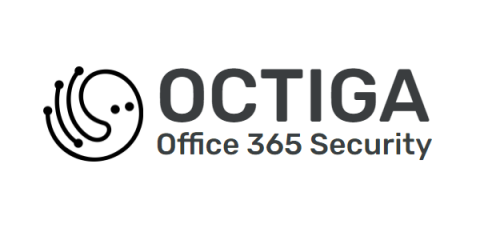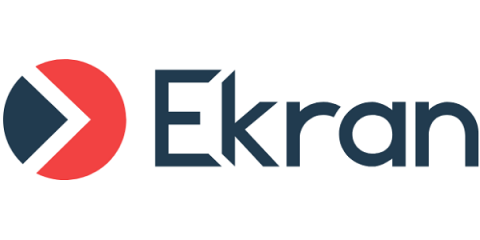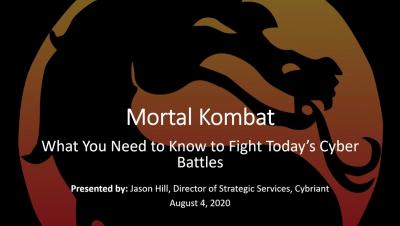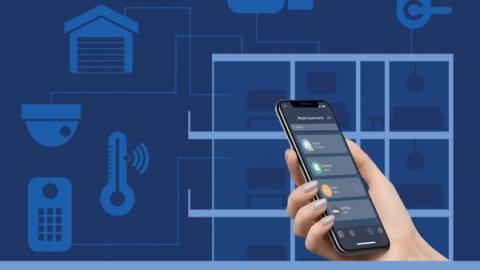New ESG Survey Report: Modern Application Development Security
As organizations continue to adopt DevSecOps, a methodology that shifts security measures to the beginning of the software development lifecycle (SDLC), roles and processes are evolving. Developers are expected to take on increased security measures – such as application security (AppSec) scans, flaw remediation, and secure coding – and security professionals are expected to take on more of a security oversight role.











